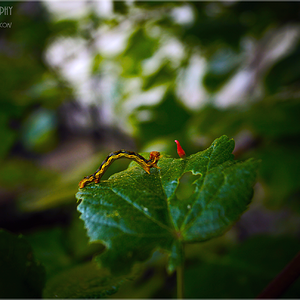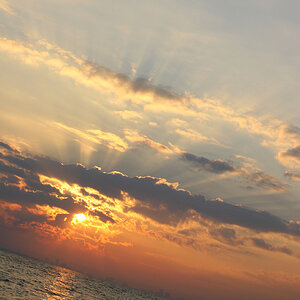inTempus
TPF Noob!
- Joined
- Dec 15, 2008
- Messages
- 3,692
- Reaction score
- 4
- Location
- Indiana
- Can others edit my Photos
- Photos OK to edit
I stumbled across this today reading the threads on MM. Someone linked to this dpreview thread. It turns out a few people over there are reporting a problem with the new 70-200 VRII. The claim is that it's not a bad copy but a design flaw in the new lens.
Nikon 70-200 VRII vs Canon 70-200 Zoom Test! Interesting results!: Nikon SLR Lens Talk Forum: Digital Photography Review
Does anyone know much about this issue?
Nikon 70-200 VRII vs Canon 70-200 Zoom Test! Interesting results!: Nikon SLR Lens Talk Forum: Digital Photography Review
Does anyone know much about this issue?



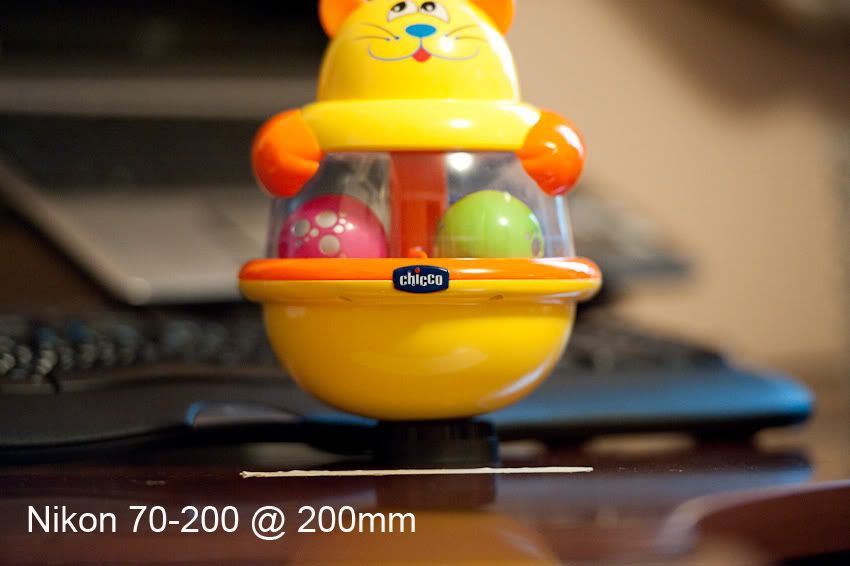


![[No title]](/data/xfmg/thumbnail/42/42062-136a63ad7d0bd740e99ca1fc477f214c.jpg?1619739997)
![[No title]](/data/xfmg/thumbnail/42/42060-f597479f8fd78d4bb4d17e7686fb0812.jpg?1619739996)
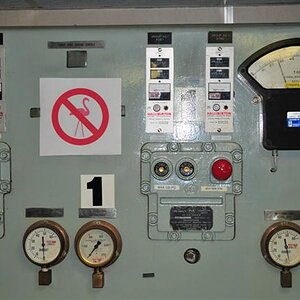
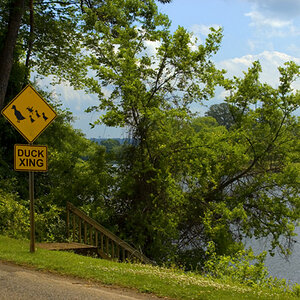
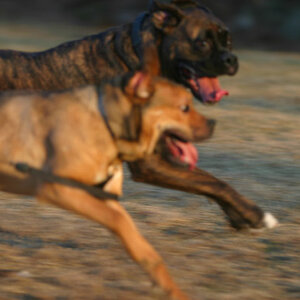

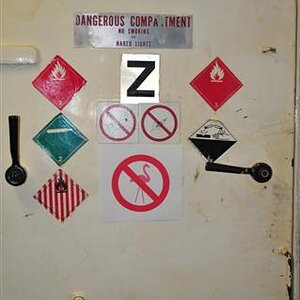
![[No title]](/data/xfmg/thumbnail/31/31016-072880d9bc086c9fe71b9b1ae48603d4.jpg?1619734571)
